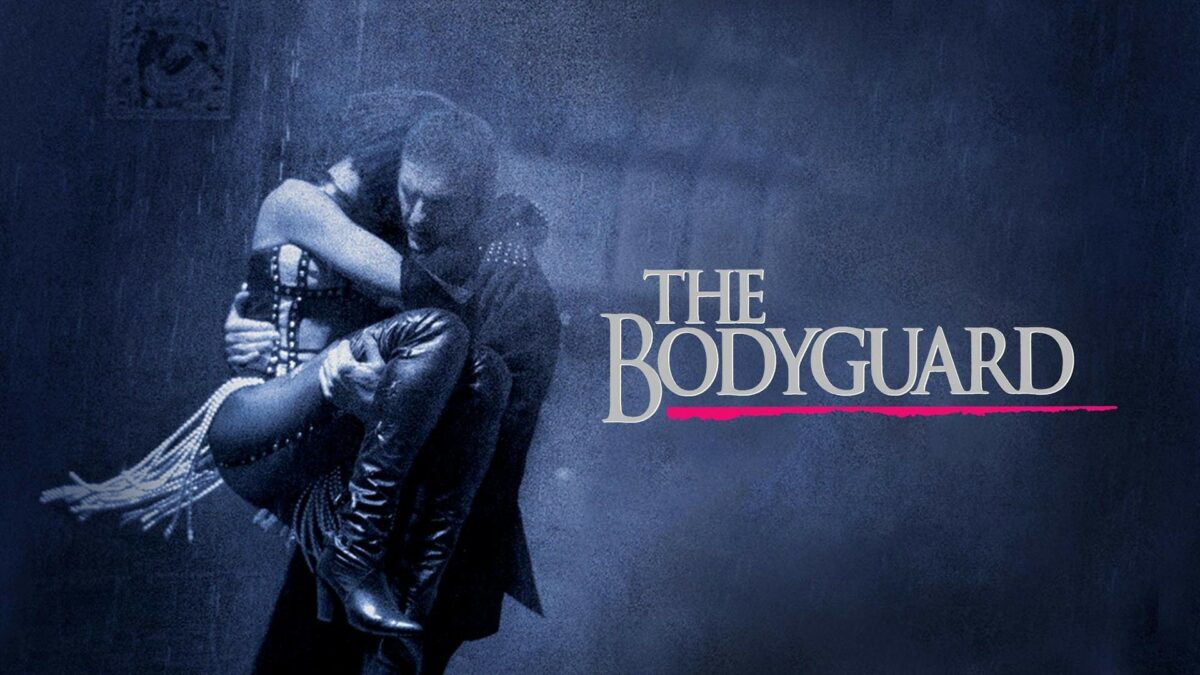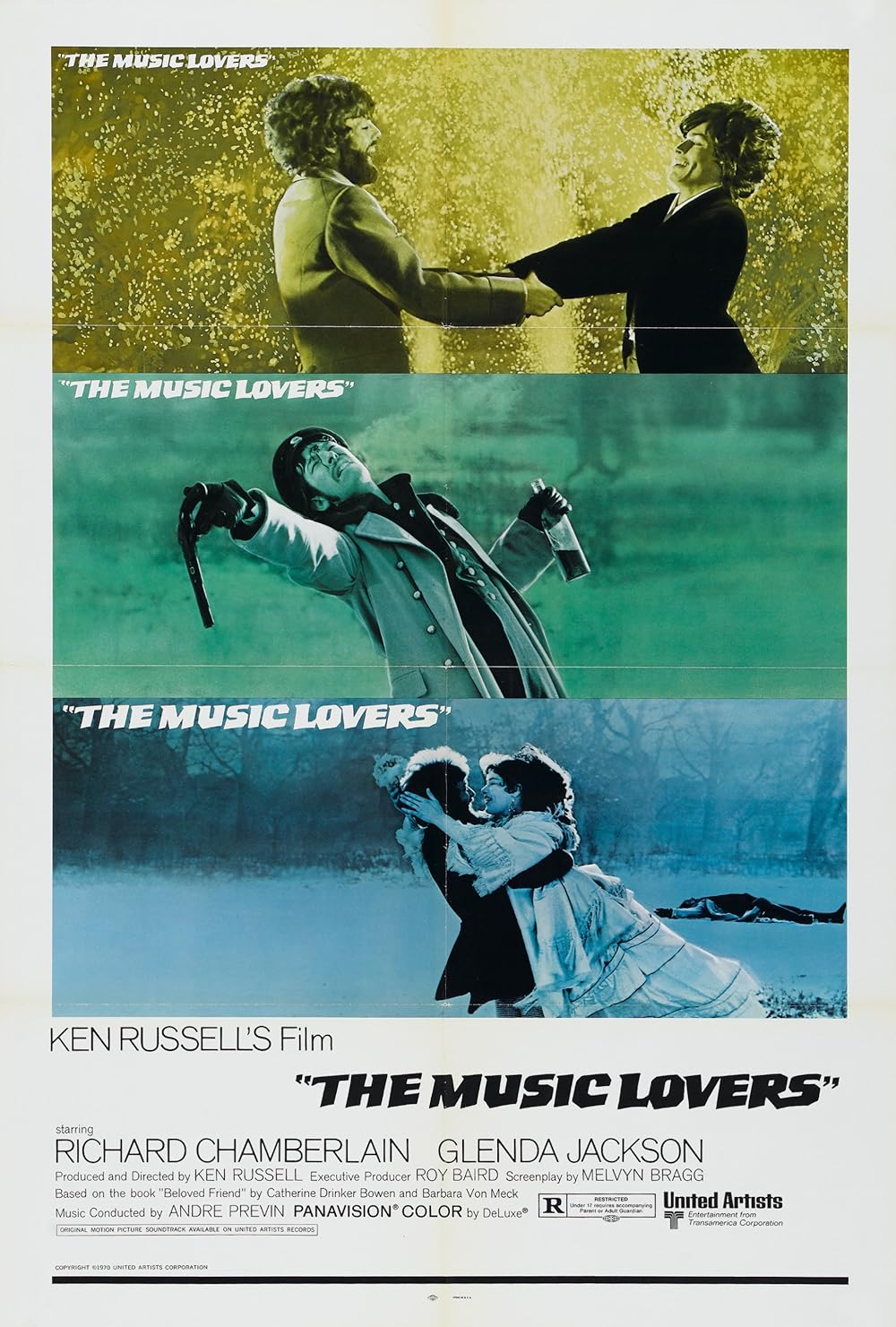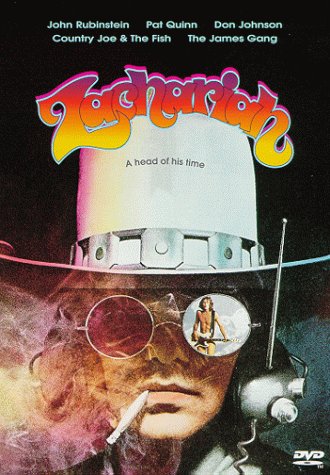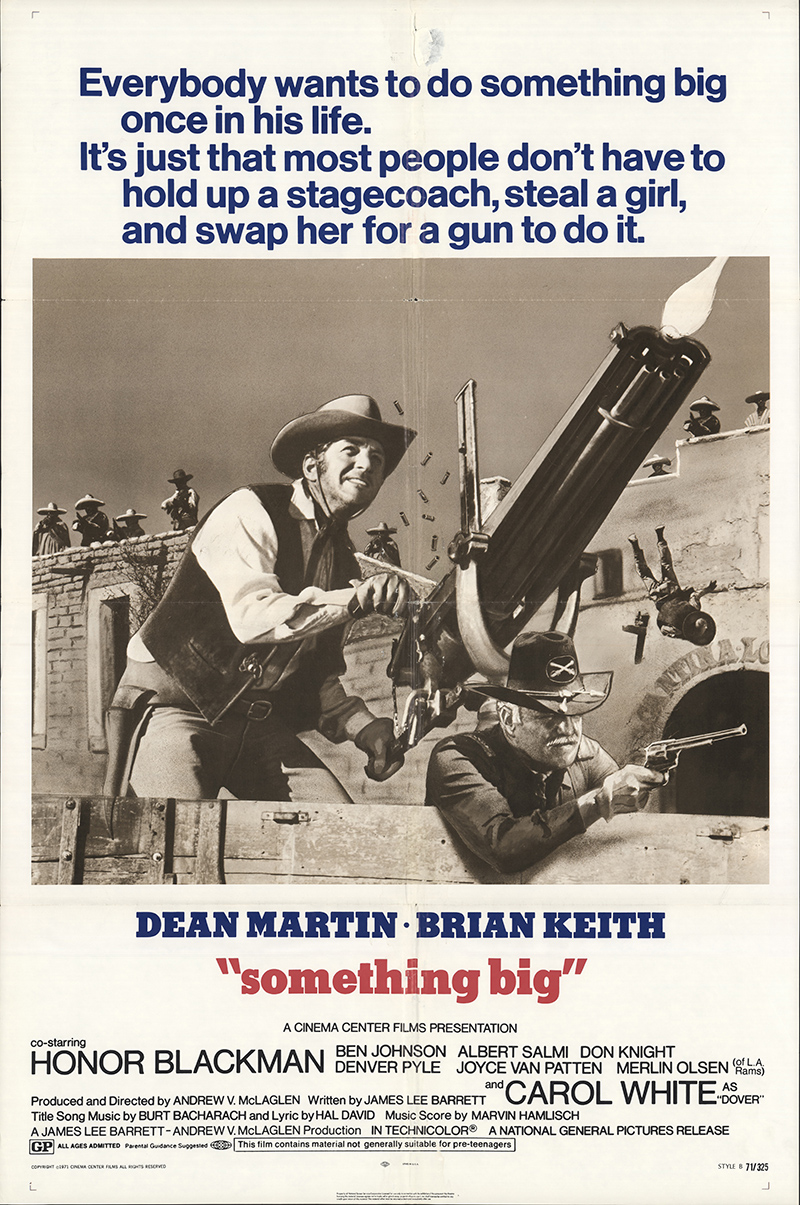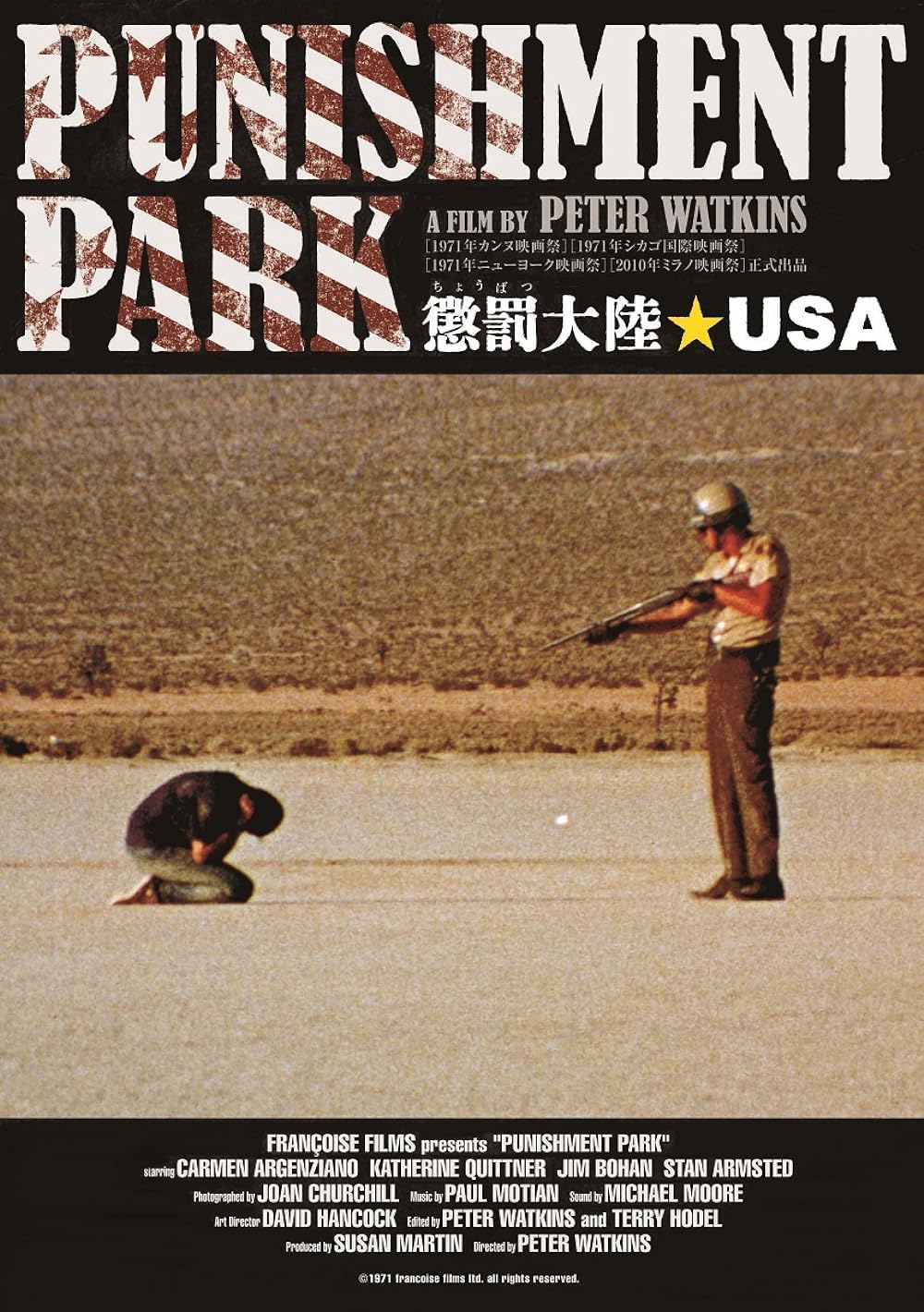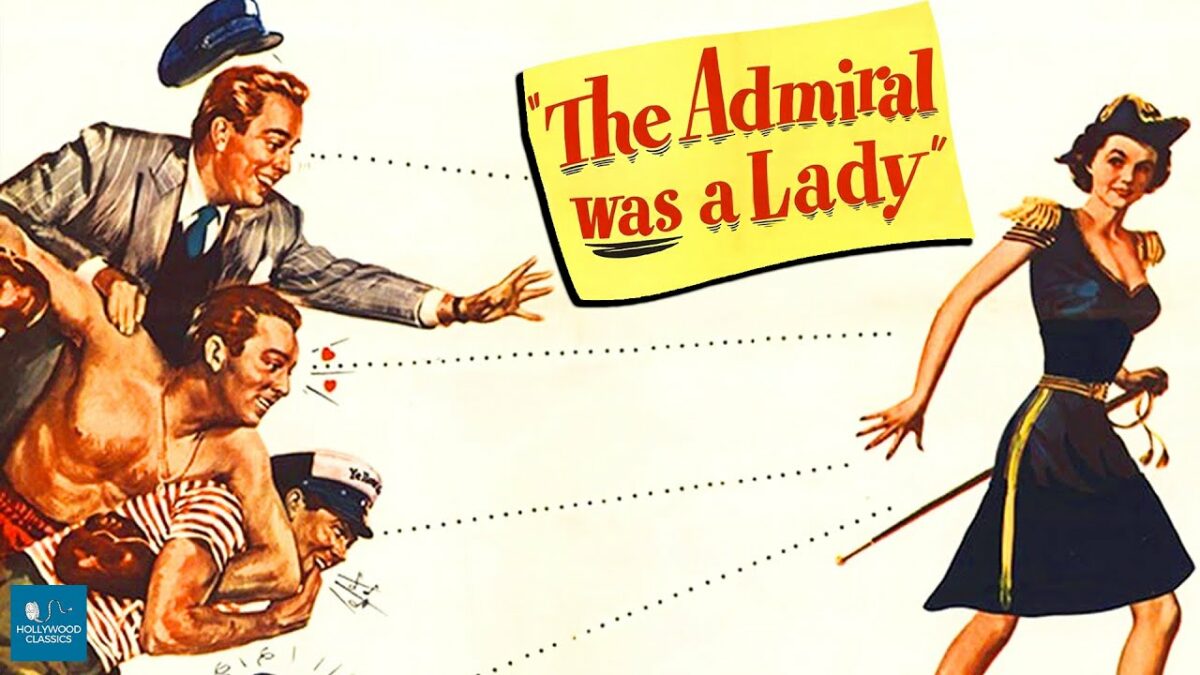Introduction:
In the vast expanse of cinematic history, certain films emerge as monumental achievements, transcending their genres and leaving an indelible mark on the landscape of storytelling. “Unforgiven,” released in 1992 and directed by Clint Eastwood, stands as a magnum opus in the Western genre, offering a profound and gritty exploration of morality, justice, and the consequences of a violent past. As we embark on this comprehensive review, join us in delving into the intricacies of “Unforgiven” and unraveling the layers of its narrative brilliance.
I. Plot Overview:
“Unforgiven” unfolds against the backdrop of the declining days of the Old West, a time when legends were born and the harsh realities of frontier life took their toll. The narrative centers around William Munny (Clint Eastwood), a former outlaw turned pig farmer, reluctantly drawn back into a life of violence by the allure of a bounty on two cowboys who disfigured a prostitute.
A. Character Dynamics:
- Explore the complexities of William Munny’s character, haunted by a dark and violent past.
- Analyze the relationships between Munny, his partner Ned Logan (Morgan Freeman), and the brash Schofield Kid (Jaimz Woolvett) as they embark on a perilous journey.
B. Themes of Redemption and Retribution:
- Delve into the overarching themes of redemption and retribution that permeate the narrative.
- Discuss how each character grapples with their past actions and seeks a form of redemption in a world plagued by moral ambiguity.
II. Cast and Performances:
A. Clint Eastwood as William Munny:
- Assess Clint Eastwood’s portrayal of the weathered and tormented William Munny.
- Explore the nuances of Eastwood’s performance, particularly in conveying the internal struggle and transformation of his character.
B. Morgan Freeman as Ned Logan:
- Examine Morgan Freeman’s portrayal of Ned Logan, Munny’s loyal partner.
- Discuss the dynamics between Munny and Ned, and how Freeman brings depth to his character’s sense of morality.
C. Gene Hackman as Little Bill Daggett:
- Analyze Gene Hackman’s depiction of Little Bill Daggett, the authoritarian sheriff.
- Explore how Hackman brings complexity to the character, blurring the lines between lawman and antagonist.
D. Supporting Cast:
- Evaluate the performances of the supporting cast, including Jaimz Woolvett as the Schofield Kid and Frances Fisher as Strawberry Alice.
- Discuss the ensemble’s collective contribution to the film’s immersive storytelling.
III. Directorial Brilliance:
A. Clint Eastwood’s Direction:
- Assess Clint Eastwood’s directorial prowess in bringing “Unforgiven” to life.
- Explore Eastwood’s ability to balance the gritty realism of the Old West with profound themes of morality and redemption.
B. Cinematography and Visual Style:
- Delve into the cinematography, examining how the visuals contribute to the film’s atmosphere.
- Discuss the visual choices, including the use of landscapes and lighting, that enhance the narrative’s emotional impact.
C. Score and Soundtrack:
- Analyze the film’s score and soundtrack, composed by Lennie Niehaus.
- Explore how the music complements the film’s tone, heightening moments of tension and introspection.
IV. Narrative Depth and Moral Ambiguity:
A. Exploration of Morality:
- Unpack the film’s exploration of morality and the blurred lines between right and wrong.
- Discuss how characters grapple with the consequences of their actions in a morally ambiguous world.
B. Deconstruction of Western Tropes:
- Analyze how “Unforgiven” subverts traditional Western tropes, offering a deconstruction of the genre.
- Discuss the film’s contribution to the evolution of Western storytelling.
V. Critical Reception and Awards:
A. Critical Acclaim:
- Examine the critical reception of “Unforgiven” upon its release.
- Discuss how critics praised the film’s narrative complexity, performances, and its impact on the Western genre.
B. Awards and Accolades:
- Explore the film’s journey through the awards season, including nominations and wins.
- Discuss how “Unforgiven” achieved recognition at prestigious ceremonies, such as the Academy Awards.
VI. Legacy and Impact:
A. Enduring Legacy:
- Reflect on the enduring legacy of “Unforgiven” in the pantheon of Western cinema.
- Discuss how the film’s exploration of morality and its nuanced characters continue to resonate with audiences.
B. Influence on Subsequent Works:
- Analyze how “Unforgiven” has influenced subsequent Westerns and films that explore moral ambiguity.
- Discuss its impact on the trajectory of the Western genre in the decades that followed.
VII. Conclusion:
In conclusion, “Unforgiven” (1992) stands as a cinematic triumph, a film that transcends the conventions of its genre to deliver a poignant and morally complex narrative. Clint Eastwood’s masterful direction, coupled with stellar performances from an exceptional cast, elevates the film to a realm of storytelling that lingers in the minds of audiences long after the credits roll. As we journey through the landscapes of the Old West with William Munny, we find ourselves not merely witnessing a tale of retribution but engaging with a meditation on the intricacies of morality, redemption, and the enduring consequences of a violent past. “Unforgiven” is, without a doubt, a timeless classic that continues to etch its indomitable mark on the canvas of cinematic excellence.

